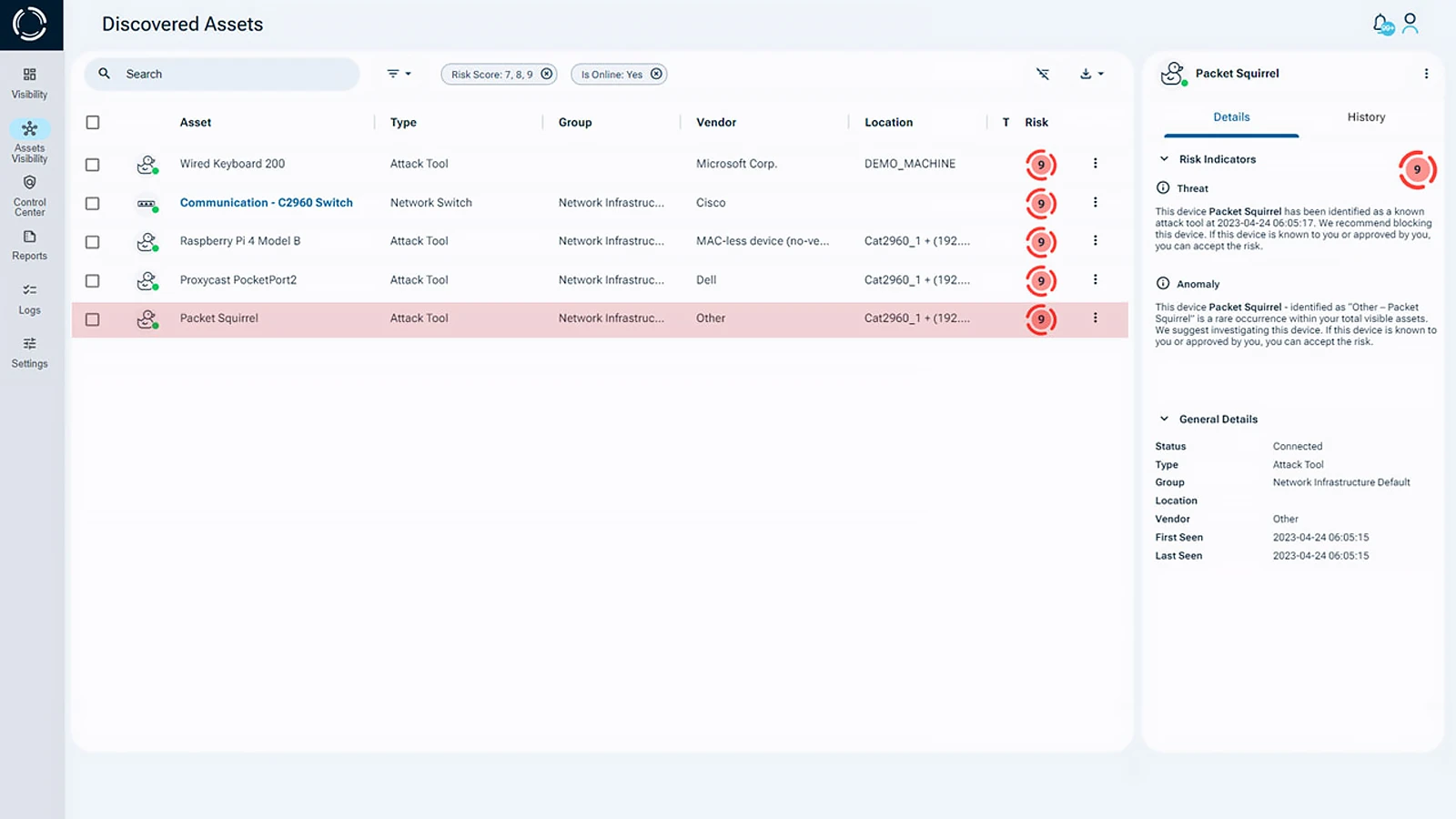The Cybersecurity and Infrastructure Security Agency (CISA), part of the U.S. Department of Homeland Security (DHS), is dedicated to securing the nation’s cybersecurity and infrastructure resilience of the nation. CISA plays a pivotal role in safeguarding critical infrastructure sectors such as healthcare, energy, and finance by offering vital resources, guidelines, and support against cyber threats. In a landscape where cyber attacks can disrupt essential services and endanger national security, CISA’s efforts are crucial in ensuring that federal networks are robust against potential vulnerabilities through effective security policies.
CISA’s Binding Operational Directive (BOD 23-01)
To improve asset visibility and vulnerability detection, CISA has issued Binding Operational Directive (BOD 23-01), effective April 3, 2023. This directive requires federal agencies to identify and inventory assets and vulnerabilities within their networks. It emphasizes two key components of a robust cybersecurity framework:
- Comprehensive Asset Discovery: Agencies must conduct thorough assessments to discover all assets within their networks, ensuring that both known and previously unidentified assets are accounted for.
- Proactive Vulnerability Enumeration: Once assets are identified, federal agencies must enumerate vulnerabilities linked to these assets. This process involves analyzing systems, applications, and networks to identify security risks and weaknesses that could be exploited by malicious hackers.
By focusing on these two components and implementing robust security policies, federal agencies can develop a clearer understanding of their cybersecurity landscape, enabling more effective risk management strategies.
Partnership with Sepio for Asset Risk Management
On November 15, 2022, CISA awarded Sepio a contract to implement its Asset Risk Management (ARM) solution. This partnership enables federal agencies to achieve continuous and comprehensive asset visibility and effective risk management. With Sepio’s ARM, agencies can effectively pinpoint all assets and vulnerabilities across their networks and endpoints, streamlining compliance with CISA’s directives.

Sepio’s Asset Risk Management
Sepio’s Asset Risk Management (ARM) platform sees, assesses, and mitigates all known and shadow assets at any scale. It does this as quickly as assets are added, by anyone, anywhere. Using patented technology that leverages physical layer data, Sepio provides federal agencies with a new dimension of actionable asset visibility. This visibility helps meet CISA’s operational directives in the following ways:
- Comprehensive Asset Discovery and Inventory: Identifies all known and shadow assets with agnostic visibility, irrespective of their functionality. This thorough inventory process allows agencies to see beyond traditional assets, capturing devices that may not be easily detectable.
- Trafficless Detection Approach for Vulnerability Mitigation: Avoid network dependencies and data swamps with a trafficless detection method. By not relying on active traffic, Sepio minimizes disruptions and ensures a smoother detection process, providing accurate and timely information about asset status.
- Asset Risk Factor Scoring for Informed Decisions: Analyze the true identity of each asset based on physical layer data to generate contextual risk scores. This scoring system helps prioritize security efforts, allowing agencies to focus resources on the most critical vulnerabilities.
- Proactive Vulnerability Detection and Management: Leverage Sepio’s extensive knowledge base, enriched by OSINT (Open Source Intelligence) and proprietary research, to pinpoint vulnerable devices. This proactive approach to vulnerability management enables federal agencies to address potential threats before they can be exploited.
The Importance of Continuous Monitoring and Adaptability
In an ever-evolving threat landscape, continuous monitoring is essential for maintaining cybersecurity resilience. Federal agencies must adapt to new vulnerabilities and threats as they arise. Sepio’s ARM solution offers real-time monitoring capabilities that enable agencies to respond swiftly to emerging risks. By continuously assessing asset statuses and vulnerability landscapes, agencies can ensure they remain compliant with CISA’s directives and enhance their overall security posture and prevent network intrusions.
Ready to Enhance Your Federal Network Security and Compliance?
Ensure full compliance with CISA’s Binding Operational Directive. Achieve clear asset visibility across your federal networks with Sepio’s ARM solution. Don’t ignore any vulnerabilities. Discover how our cutting-edge technology can help your organization achieve continuous and comprehensive asset risk management
Schedule a demo. See firsthand how Sepio’s Asset Risk Management (ARM) can assist you in addressing the CISA directive and enhancing your federal network security.

